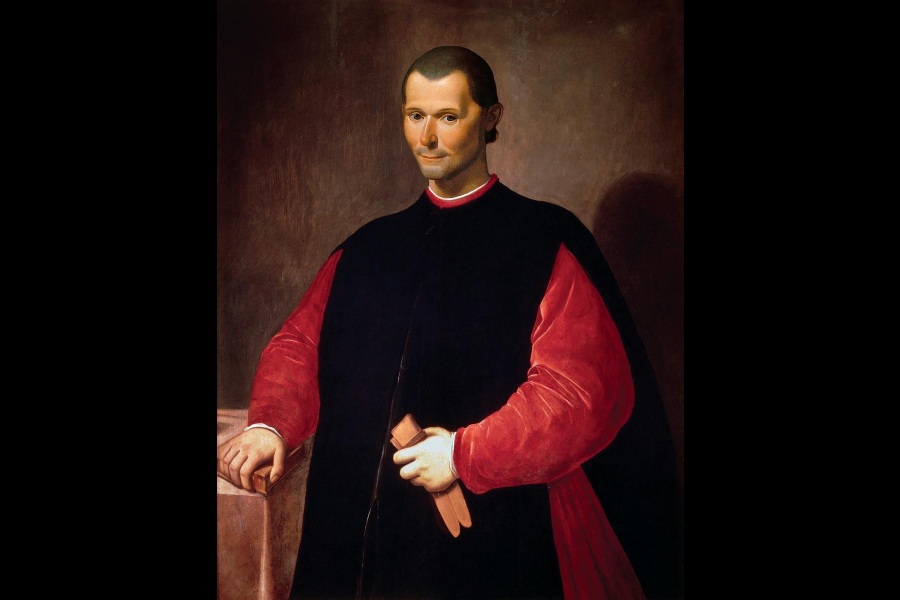Book: WARRIORS, REBELS, AND SAINTS: THE ART OF LEADERSHIP FROM MACHIAVELLI TO MALCOLM X
Author: Moshik Temkin
Published by: Profile
Price: Rs 699
Georgi Plekhanov was a Marxist philosopher. I suspect few people read Plekhanov today. In 1898, Plekhanov wrote a monograph titled, “On the Role of the Individual in History”. To quote, “A great man is great not because his personal qualities give individual features to great historical events, but because he possesses qualities which make him most capable of serving the great social needs of his time, needs which arose as a result of general and particular causes.” This is the standard Marxist line. To quote Moshik Temkin, “In the debate over whether history or the leader is the most important, Marx would come down on the former side.”
Temkin teaches a course on leaders and leadership in history. This book, in eight chapters, is based on that popular course. There are corporate leaders too. But the focus is on the political and the social. The author has a series of case studies on leaders and leadership — David (the Bible), Franklin Roosevelt, the Suffragette movement, Charles de Gaulle, Joaquín Balaguer and Rafael Trujillo (Dominican Republic), Japanese leadership at the time of World War II, American leadership at the time of the Vietnam War, independence movements in Africa and in India (Mahatma Gandhi and B.R. Ambedkar), Margaret Thatcher, Martin Luther King and Malcolm X. Although there are global references, much of the focus is American. Those chapters are segregated into leadership under different circumstances — crisis, when there is little power, under tyranny, wartime and so on.
The book makes for engrossing reading, with allusions to films and rare photographs thrown in. What is the point of the book, apart from the interesting retelling of history? From the epilogue, “Too many of our world leaders refuse to worry about anything beyond their short-term self-interest, narrow national interest, and financial interest… As we have seen throughout this book, there have been leaders who were able to focus on the common good and could always tell the difference between right and wrong, even when surrounded by cynicism, viciousness, and short-sightedness, and they fought for those things with courage — not only moral, but physical.” That’s a given and a truism. How do we know what is the common good and is there an inherent value judgment in the assertion? How does one fit Mao Zedong into that characterisation? Do we define common good when a leader is ‘successful’? What about the Cuban Revolution that ousted Fulgencio Batista? To refine the argument a bit more, there was Batista’s eventual ouster and there was the abortive attack on Moncada Barracks, the former a success, the latter a failure. “Learning from leadership is not just about success. We can learn just as much — sometimes more — from failure.”
More importantly, with these case studies, are we able to tease out some principles of leadership? Not really, not beyond obvious clichés. Perhaps it is an impossible quest. In passing, “One question that always divides my students is, would the United States have used the bombs on Germany had the Nazis not already surrendered? We know that World War II was racist from beginning to end… Can we know whether US leaders would have used the atomic bombs on a German city? When I run polls on this question in class, the result is almost always fifty-fifty yes or no (in a class in which Americans are a minority of the students).” This may well be the best way to look at this book — a textual rendering of a course that is taught. “In my course, I wanted students to envision what it meant to make choices in the direst circumstances, to put themselves in the shoes of a leader struggling against all odds in the face of despair or death;… to imagine themselves trying to survive in a world of corruption or tyranny … I saw an opportunity to use art — including literature and film — to heighten the excitement of the past.” This isn’t just a description of the course. It is an apt description of the book too. A fascinating read, notwithstanding the overkill in the subtitle.










